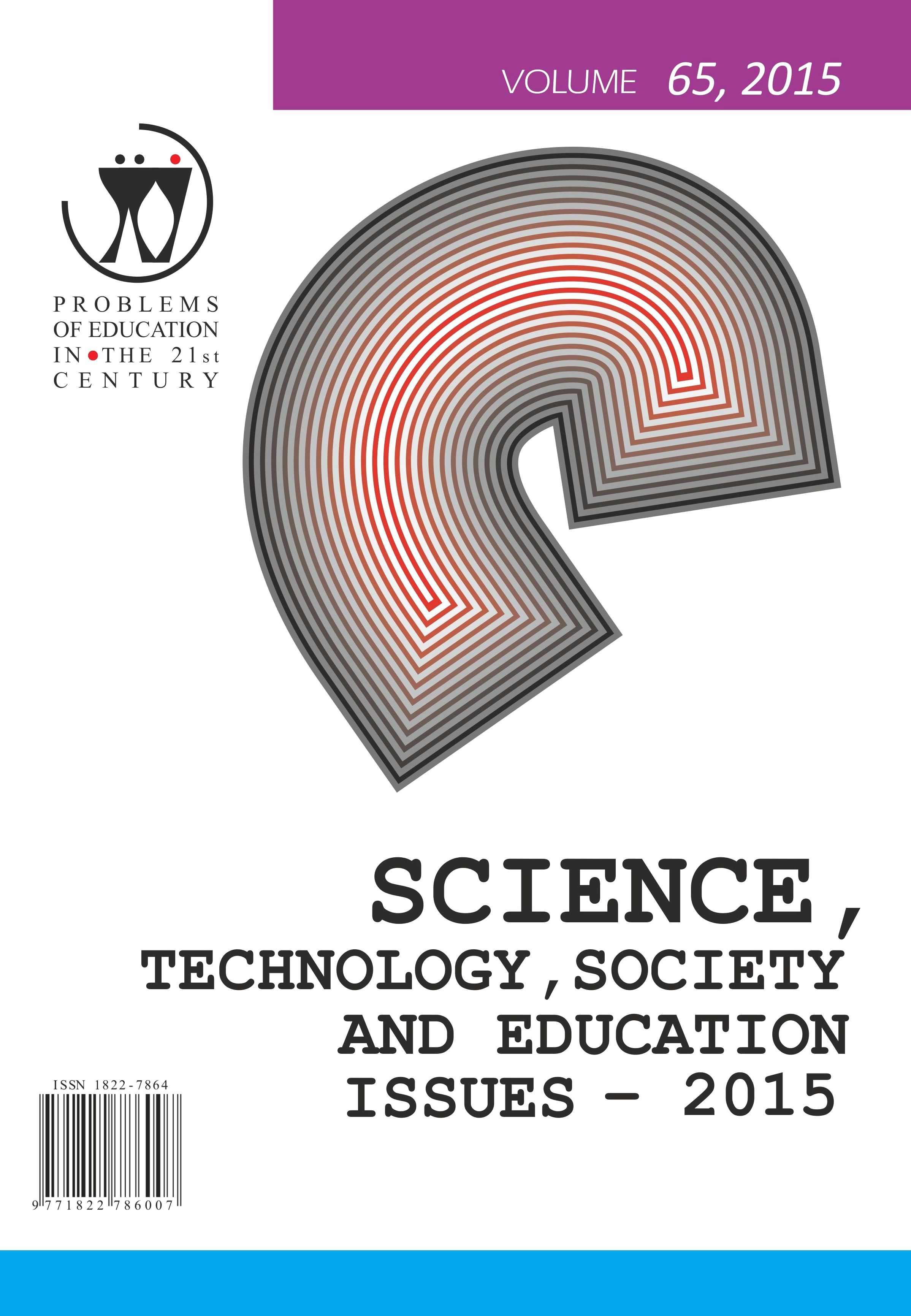PARTNERSHIPS: A SYSTEMIC STUDY OF TWO PROFESSIONAL DEVELOPMENTS WITH UNIVERSITY FACULTY AND K-12 TEACHERS OF SCIENCE, TECHNOLOGY, ENGINEERING, AND MATHEMATICS
PARTNERSHIPS: A SYSTEMIC STUDY OF TWO PROFESSIONAL DEVELOPMENTS WITH UNIVERSITY FACULTY AND K-12 TEACHERS OF SCIENCE, TECHNOLOGY, ENGINEERING, AND MATHEMATICS
Author(s): Andrea C. BurrowsSubject(s): Social Sciences, Education, Higher Education
Published by: Scientia Socialis, UAB
Keywords: teacher professional development; systemic nature; partnership; reflection, inquiry;
Summary/Abstract: While it can take different forms, science, technology, engineering, and mathematics (STEM) K-12 teacher professional development (PD) is important around the world. Though all stakeholders play critical roles in PDs, the author focuses on the larger system that supports the PDs. As such, this research study focuses on the PD results, but also on the explanation of the systemic nature of the PDs studied. Partnerships, including building of relationships, are explored in that system. In this mixed methods study of two K-12 teacher PDs (n=31 and 19 total PD days), conducted in the western United States, the author utilizes quantitative and qualitative data collection methods to reinforce quality PD practices and suggested strategies. Results indicate that 90% of the K-12 teachers were highly engaged in the STEM content and partnership building. Pre to post K-12 teacher perception scores regarding astronomy use in STEM content courses showed noteworthy improvement from 16% to 84%. Furthermore, K-12 teacher perceptions regarding creation of partnerships and collaborations rose from 26% to 90%. Other findings showcase themes of reflection, collaboration, STEM integration, and inquiry as well as a need for partnership building time. Overall, when the K-12 teachers worked together in a structured PD over an academic year (2014-2015) for a selection of 19 days (13 summer days and 6 Saturdays during the academic year) partnerships were formed and provided added organization for the PD system. Faculty/PD team communications and continuous K-12 teacher support were also critical factors for systemic PD success. Access to K-12 teacher created lesson plans that use astronomy as a vehicle for STEM lessons can be accessed free of charge at the following websites: http://physics.uwyo.edu/~mike/workshop/index.html and http://www.physics.uwyo.edu/~aschwortz/LASSI/
Journal: Problems of Education in the 21st Century
- Issue Year: 65/2015
- Issue No: 1
- Page Range: 28-38
- Page Count: 11
- Language: English

